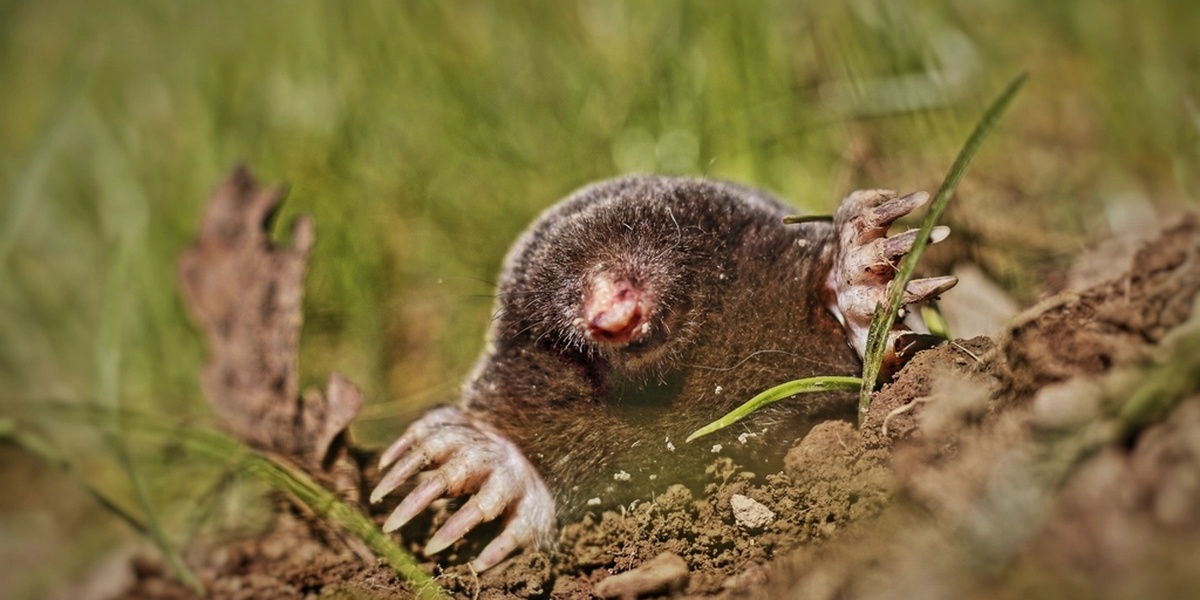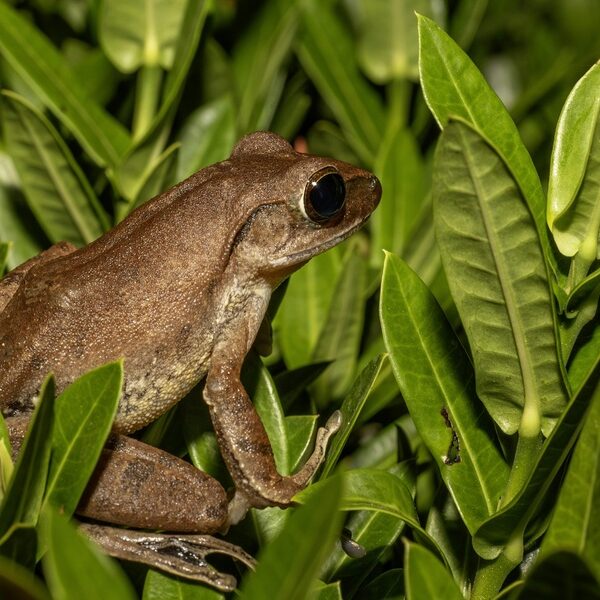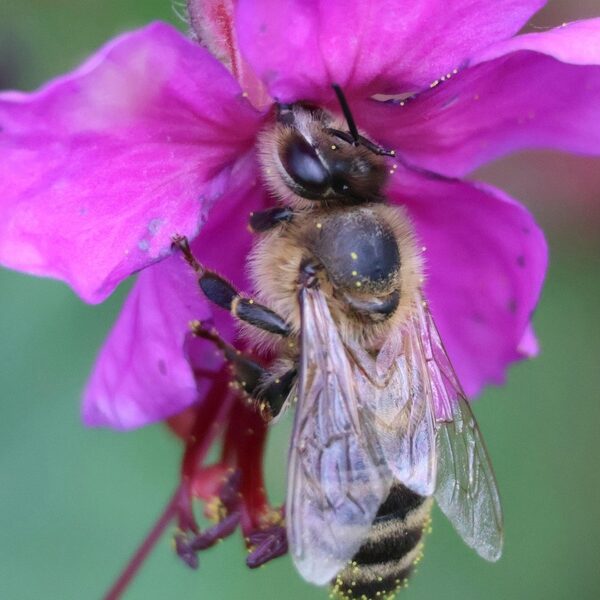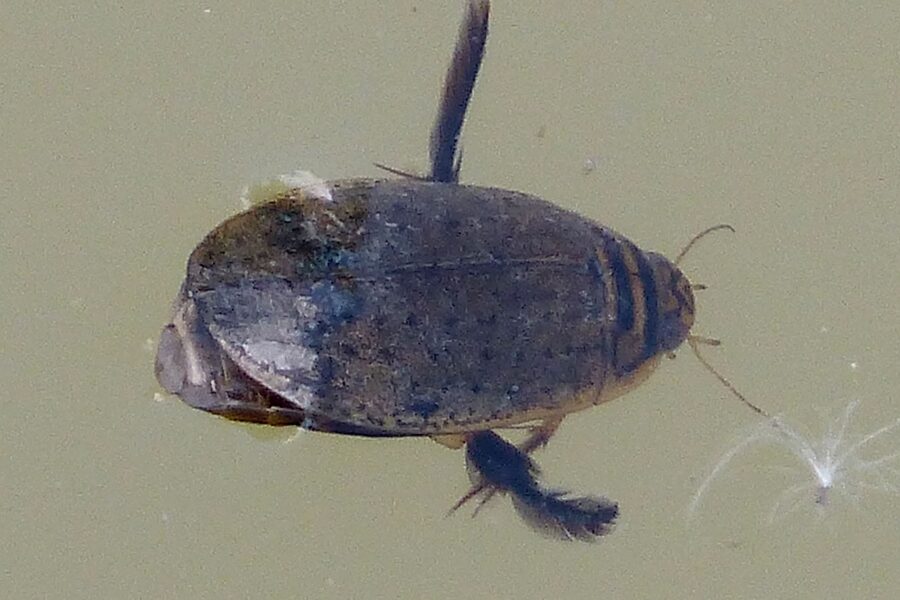Under a quiet lawn a small, blind mammal can excavate tunnels, eat nearly its body weight in food each day, and navigate by touch and smell alone. You probably spot the evidence before the animal: raised ridges, conical molehills, and disrupted turf. Those signs matter for gardeners who want neat lawns, for naturalists tracking soil health, and for anyone curious about how an animal adapted to life underground actually functions. A typical European mole measures about 11–16 cm long, so the animal responsible for a yard-full of ridges is surprisingly compact.
This article breaks down 10 clear, scientifically grounded characteristics of a mole to help you understand how these subterranean mammals live, feed, reproduce, and affect gardens and ecosystems.
I’ll group the traits into three areas—physical & sensory, behavior & ecology, and reproduction plus human interactions—using species examples like Talpa europaea and the star-nosed Condylura cristata to keep things concrete.
Physical and Sensory Traits
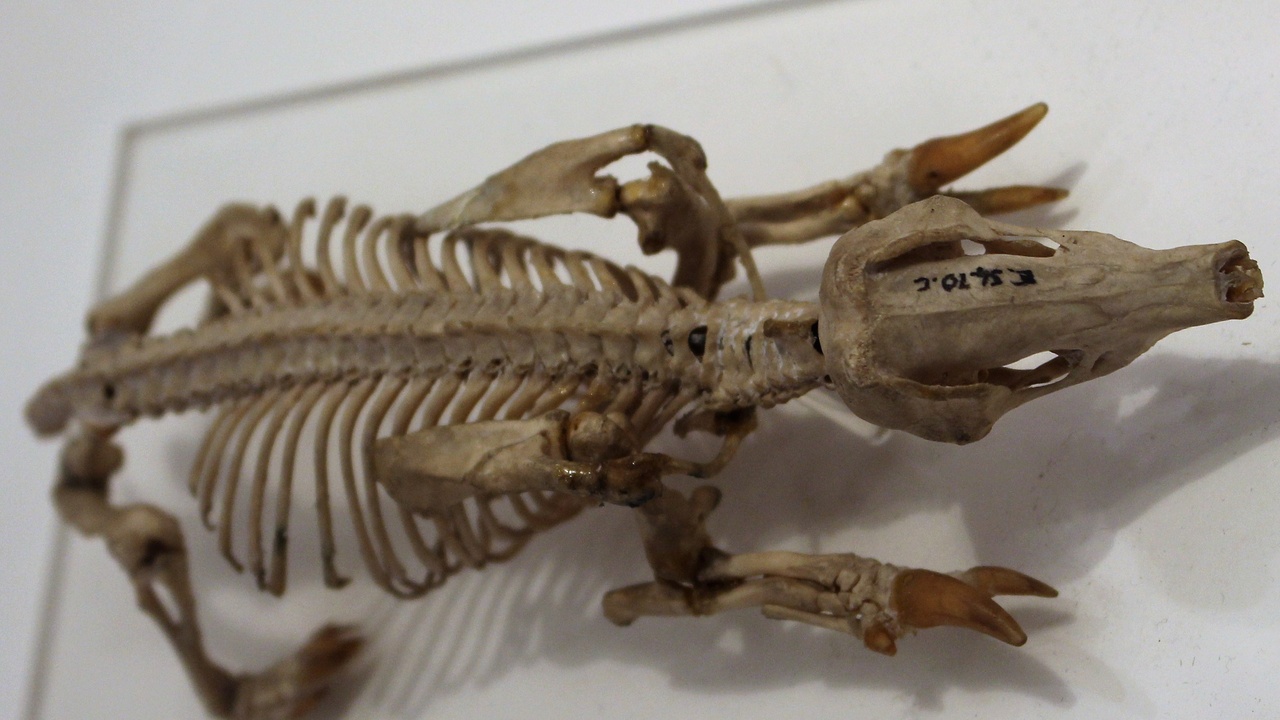
Moles are textbook specialists for subterranean life: their skeleton, fur, and senses all reflect a life spent mostly below ground. Expect a compact shape, short powerful limbs, tiny eyes, and an incredibly sensitive snout—design choices that let them tunnel, hunt, and avoid risks in near-darkness.
1. Compact, powerful body built for digging
Moles have short, cylindrical bodies with heavy forelimbs and broad, paddle-like hands built for moving soil. The European mole (Talpa europaea) typically measures 11–16 cm long and weighs about 70–130 g.
Strong shoulder and chest muscles anchor those forelimbs, and long, curved claws act like shovels to cut through loam and clay. A mole will push loose soil up and out, forming the familiar conical molehill when a tunnel breaks the surface.
Feeding tunnels sit just under the turf—often only a few centimeters deep—while deeper galleries and nesting chambers can be tens of centimeters down. Gardeners notice damage because that shallow tunneling raises ridges and uproots plants.
2. Dense, water-repellent fur and muted coloration
The coat of most moles is short, velvety, and so fine it can lie flat in either direction, letting the animal back out of a tunnel without catching its fur. Color typically ranges from dark gray to brown—more about soil contact than camouflage.
Fur texture helps shed dirt and resist abrasion, and some species show slight water resistance in the pelage, which is useful in damp soils. The low-profile coat also keeps tunnels clear when the mole inches through tight passages.
Compare this to gophers, which are superficially similar but usually have coarser fur and different digging postures; that helps distinguish the two if you’re troubleshooting lawn damage.
3. Reduced eyesight but sufficient light detection
Most moles have very small eyes—often only a few millimeters across—and in some species the eyes are partially covered by fur or skin. They don’t resolve detail but do detect changes in light level, which is enough to signal a tunnel breach or the approach of a predator.
That limited vision is a trade-off: the animal gives up visual acuity to streamline its head for pushing through soil. So a sudden hole or bright exposure can startle a mole because it signals an opening to the surface.
Exceptions exist: the star-nosed mole emphasizes touch and smell even more than vision, but across the group other senses largely compensate for reduced eyesight.
4. Super-sensitive snout and specialized tactile organs
Moles rely heavily on touch and smell. Many species have Eimer’s organs—dense clusters of mechanoreceptors—on the snout that give fine tactile discrimination, essentially an underground fingertip.
The American star-nosed mole (Condylura cristata) takes this further: its 22 fleshy appendages host hundreds of thousands of mechanosensory cells and let the animal identify and consume prey in fractions of a second.
Those snout adaptations let moles find earthworms, larvae, and other invertebrates in total darkness, making touch and smell the principal senses for hunting and navigation.
Behavior and Ecological Role
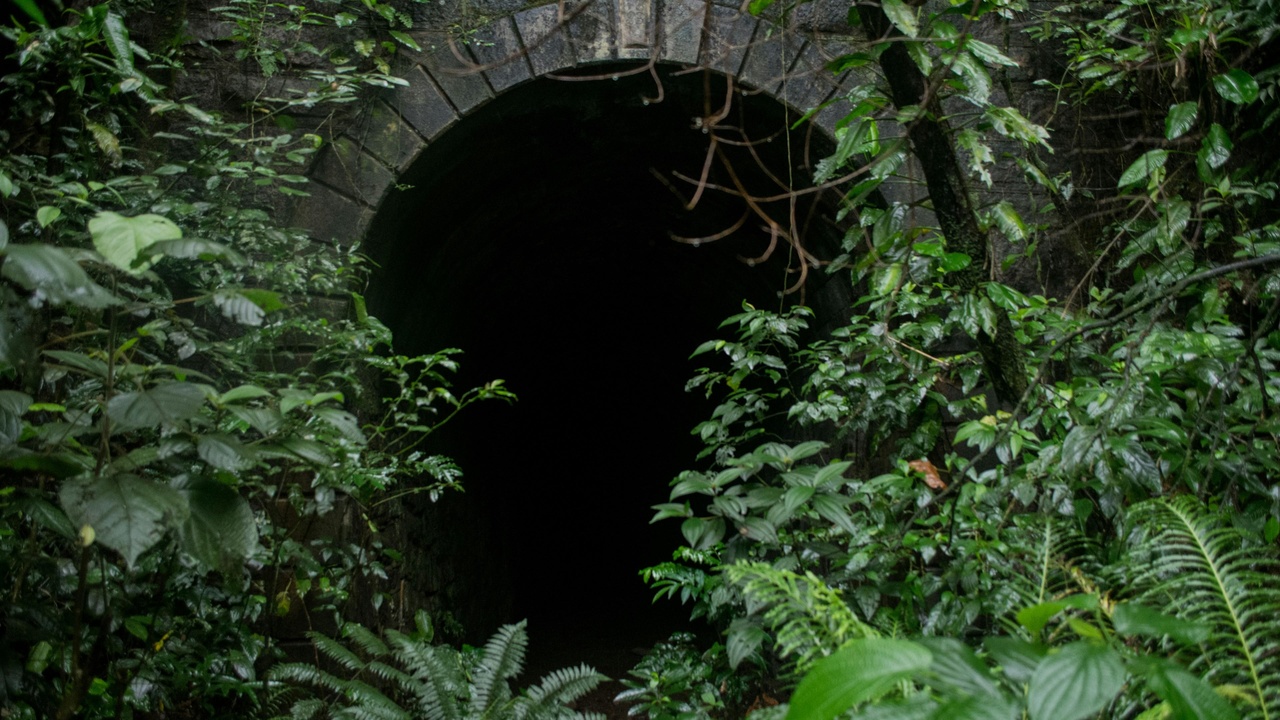
Moles shape soils through extensive tunneling, feed at a high metabolic rate, and generally live alone. Their day-to-day habits influence garden structure, invertebrate communities, and even which small animals can use abandoned burrows.
5. Extensive burrow systems: shallow feeding runs and deeper galleries
Moles build two basic tunnel types: shallow feeding runs just under turf and deeper galleries used for nesting and long-term travel. Shallow runs are what create the telltale raised lines across a lawn.
When actively pushing new runs a mole can dig up to several meters per hour, though that rate varies with soil type and moisture. Over days it may lay down extensive networks, aerating and mixing soil horizons as it goes.
Abandoned tunnels become microhabitats—voles, ground beetles, and other small animals often use them—so mole activity changes both structure and species composition in the soil community.
6. High-energy diet: invertebrate specialist that feeds constantly
Moles are insectivores, eating primarily earthworms, grubs, and other soil invertebrates. They have a high metabolism and may consume close to their body weight in food each day, which helps explain their near-constant tunneling.
Typical prey lists include earthworms, beetle larvae, and insect pupae; the star-nosed mole will also take small aquatic prey and tiny fish where habitat allows. Feeding runs let moles intercept passing prey in the soil matrix.
As part of the characteristics of a mole’s foraging strategy, high intake rates make them effective controllers of certain soil invertebrates—useful in reducing grub pressure, though that benefit comes bundled with turf disturbance.
7. Mostly solitary and territorial, with seasonal breeding overlaps
Most mole species are solitary. Individuals defend foraging areas and mark them with scent; encounters tend to be aggressive if territories overlap. That solitary tendency means a lawn with multiple sets of molehills often indicates abundant food rather than a family group.
Home-range size changes with prey availability—ranges shrink in worm-rich soils and expand when food is scarce. Mating season (usually spring) brings brief tolerance as males and females meet, then juveniles disperse after weaning.
So if you see concentrated activity, it usually means your patch of soil is just very appealing to solitary foragers.
Reproduction, Threats, and Human Interactions
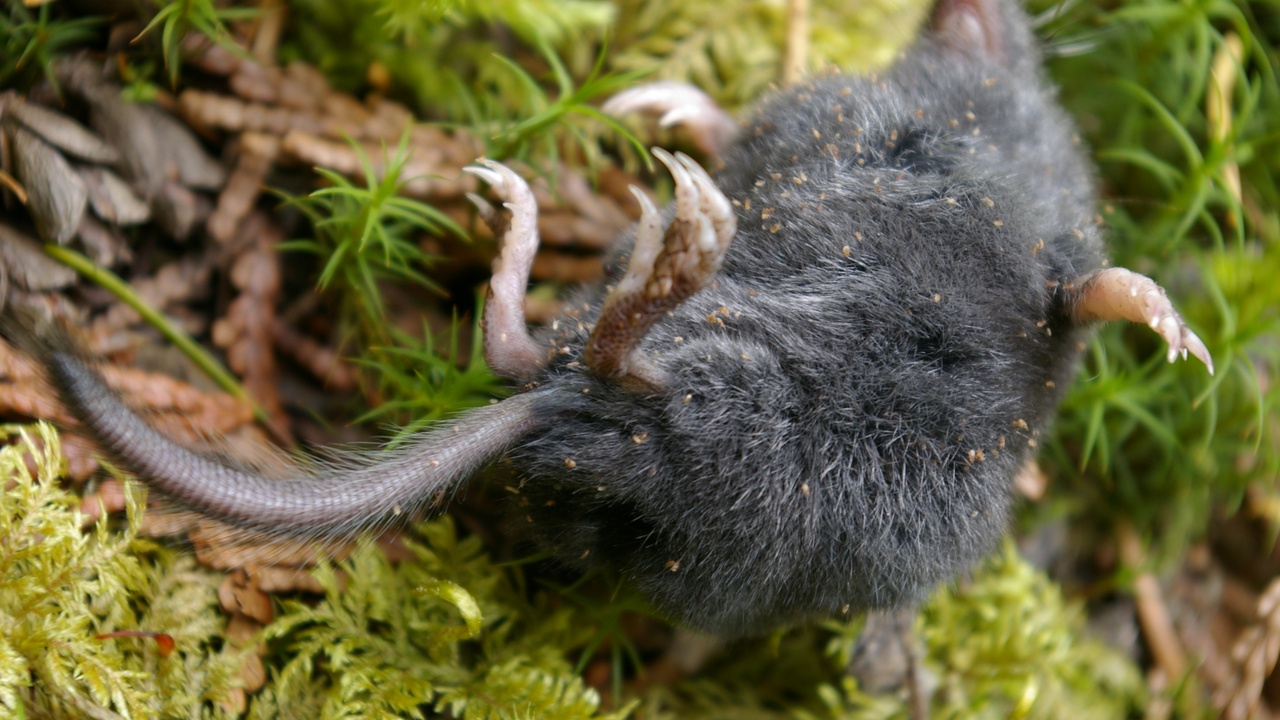
Moles breed seasonally, face predation mainly when above ground, and interact with people mostly through impacts on lawns. Understanding reproduction, natural checks, and practical management helps balance their ecological role with human concerns.
8. Reproduction: small litters and short lifespans
Many temperate mole species breed once a year in spring. Typical litter sizes range from 2–7 pups, and females rear young in deeper nesting chambers until they’re weaned and ready to disperse in late summer.
Average lifespan in the wild is roughly 3 years for many species, so population turnover can be fairly quick. That also means local numbers can rebound within a few seasons if conditions are good.
Because females produce only a few young annually, targeted control measures may reduce numbers in the short term, but habitat quality and prey availability determine how quickly new individuals recolonize.
9. Predators, disease, and population controls
Predators that take moles include owls, foxes, stoats, snakes, and occasionally domestic cats and dogs when moles come near the surface. Subterranean life lowers predation risk, but exposed or surface-foraging moles are vulnerable.
Disease isn’t usually a major population limiter; parasites and localized pathogens affect individuals but don’t drive widespread crashes. Instead, soil type, moisture, and prey abundance are the primary natural checks on numbers.
In agricultural or suburban settings, changes like heavy soil compaction or drought can reduce mole success more than predators or disease.
10. Ecosystem services and practical tips for coexistence
Moles provide real ecosystem services: they aerate and mix soils, improve drainage in compacted turf, and help control some pest invertebrates. Those benefits matter for long-term soil health, even if short-term turf appearance suffers.
Practical, humane management starts with prevention and habitat modification. Suggestions that work: install buried wire barriers around high-value beds, improve surface drainage, reduce excessive watering that attracts earthworms, and encourage natural predators like barn owls and foxes.
Call professional wildlife control if landscaping at risk (newly planted beds, nursery stock) or when non-lethal measures fail. Targeted, expert intervention minimizes unnecessary harm and focuses on the real problem areas.
Summary
- Compact, shovel-like anatomy (European mole 11–16 cm; 70–130 g) and velvety fur let moles dig efficiently and reverse in tight tunnels.
- Reduced eyes but powerful snouts (Eimer’s organs and the star of Condylura cristata) mean touch and smell do most of the work underground.
- They build shallow feeding runs and deeper galleries, can dig up to several meters per hour when actively tunneling, and eat close to their body weight daily—mainly earthworms and larvae.
- Reproduction is modest (2–7 young per litter) and lifespan averages about 3 years; predators and habitat quality limit populations more than disease.
- Balance the benefits (soil aeration, pest suppression) with the nuisance of turf damage: observe signs first, use non-lethal barriers and habitat tweaks, and call professionals only for high-risk landscaping.
